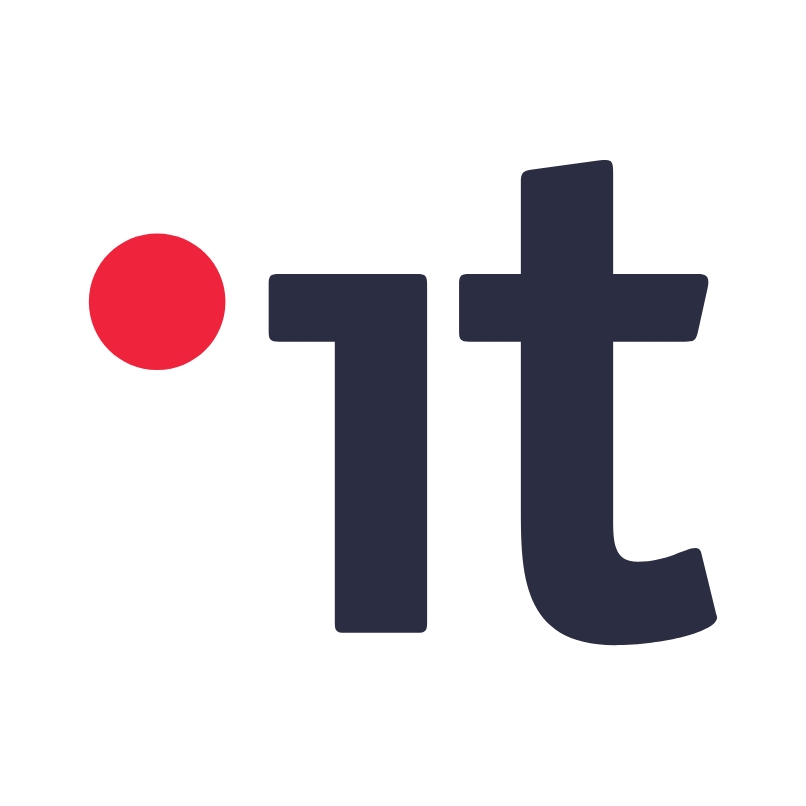People just use their credit cards and Amazon to deploy services because “IT cannot keep up.” If you are transparent about what you can and cannot do in software development and transformation projects, people are more inclined to align with it, says Rob Huikeshoven, senior sales engineer, Deep Instinct at the CIO Insights virtual conference held earlier this year.
There’s also the security aspect of it: “You have to have security in your DNA as well – on the left hand side of your development cycle,” he asserts. And since Covid, people work more on their mobile phones, so prevention is key. His message boils down to: “Don’t get hacked in the first place.”
But how? “Many companies are investing heavily in IT, and security is part of that. But most of the time it is bolt-on: “Security is added afterwards, it is not part of their DNA.” In the past year, especially CIOs did not want to be hacked. They contracted endpoint protection and response solutions. “But these often just add noise,” says Rob Huikeshoven. Cutting the noise is vital, because, “noise is full of false positives.”
Last year’s threat factor reports signal an increase of almost 450 percent in ransomware: remote working conditions no doubt helped spur this development. Employee experience is key, you need to make sure that you enable everybody to work and that they stay happy. And that means that security solutions should not have a meaningful impact on resources or security scans should not keep people from working. “You need to stay ahead of the game and make sure you don’t get ransomware.”






